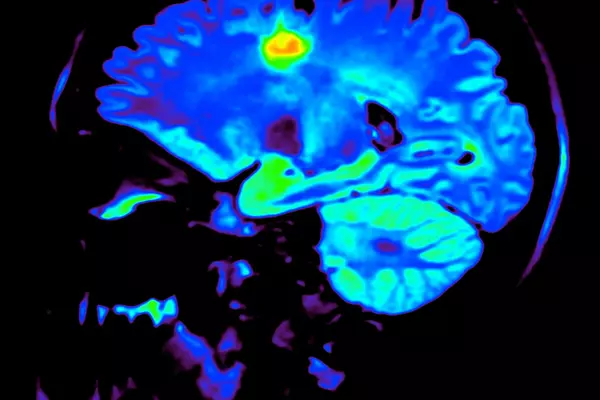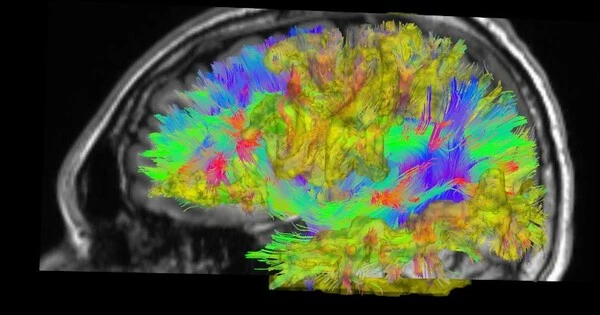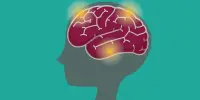Schizophrenia is a severe and complicated mental condition marked by hallucinations, delusions, disordered thinking, and impaired cognitive functioning.
Schizophrenia, a neurodevelopmental condition characterized by psychosis, is hypothesized to result from instability in brain connections and functional integration. A recent study published by Elsevier in Biological Psychiatry: Cognitive Neuroscience and Neuroimaging finds changes in functional brain connectivity in patients with and without psychosis and schizophrenia, which may help researchers understand the neural basis of this disease.
The cortex of the brain is arranged hierarchically, with the sensorimotor cortex at one end and multimodal association regions at the other, with the task of integrating incoming sensory information with internal and external sensory inputs. The interruption of this hierarchical signaling may be the cause of executive control loss in schizophrenia.
We used brain imaging and novel mathematical techniques to investigate the hierarchical organization of the brains of individuals with early psychosis and established schizophrenia. This organization is critical for brain health because it governs how we respond to and process stimuli from the outside environment.
Alexander Holmes
“We used brain imaging and novel mathematical techniques to investigate the hierarchical organization of the brains of individuals with early psychosis and established schizophrenia,” said Alexander Holmes, a Ph.D. candidate at Monash University who led the study. This organization is critical for brain health because it governs how we respond to and process stimuli from the outside environment.”
The researchers measured gradients, which are an estimate of inter-regional functional coupling, using resting-state functional magnetic resonance imaging (fMRI). Previous research had revealed that schizophrenia disturbed the main sensory-fugal gradient, but the current study found that secondary processing of the sensorimotor-visual gradient was affected in persons with the disorder.

Holmes added, “We found that the organizational pattern that differentiates visual and sensorimotor pathways is significantly impaired in individuals with schizophrenia but not in individuals with early psychosis. We then found that this impairment explains the behavioral and clinical symptoms of schizophrenia. Our results highlight that changes in brain organization provide valuable insights into the mechanisms of schizophrenia, helping us better understand the disease and how it progresses.”
“These new approaches to testing mathematical models of the organization of circuits in the human brain are beginning to reveal the nature of the disruption of neural integration that underpins psychotic symptoms in people with schizophrenia,” said Cameron Carter, MD, Editor of Biological Psychiatry: Cognitive Neuroscience and Neuroimaging. Targeting these alterations is a new way of thinking about developing medicines for this typically difficult-to-treat illness.”
















